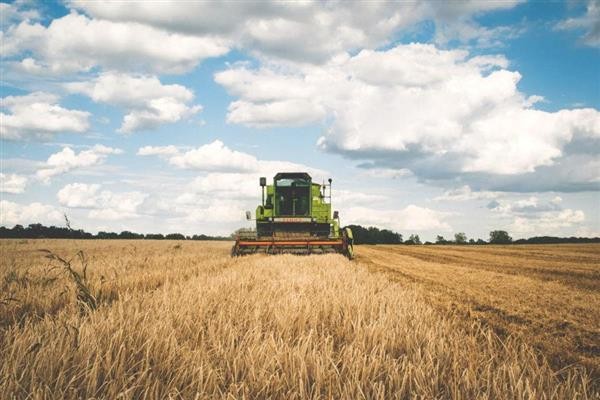



Clare Cannon, who lives on Woomargama station, 50 kilometres north of Albury on the NSW-Victoria boundary, is optimistic about the future. 1100 grass-fed Hereford cattle and 5000 Merino sheep are managed by Ms. Cannon. However, she doesn’t just grow vegetables on her family’s 2600-hectare farm. In addition, she has entered the carbon industry. “It’s all about finding a reliable partner who can help you calculate your carbon footprint and sell your carbon credits. What’s amazing about it is that it allows you to maintain track of your data,” she tells the Associated Press.
According to the government’s latest quarterly Australian greenhouse gas inventory report, released in November, agricultural emissions have decreased by 18.5 percent countrywide since 1990. However, they increased by 4.9 percent between June 2020 and June 2021, owing to graziers replenishing estates after years of drought. Farmers who wish to participate in the carbon market have shown a lot of interest. Carbon farming has gone a long way, said Louisa Kiely, director of Carbon Farmers of Australia, during the Australasian Emissions Reduction Summit last week, but methods remain difficult and integrity is essential.
Integrity has been a major goal, according to John Connor, CEO of the Carbon Market Institute, an independent industry organisation for businesses aiming on net zero emissions. “We’ve seen carbon costs rise faster than housing prices, which attracts a whole new set of participants,” he tells AAP. “We won’t pretend that there won’t be people who aren’t behaving in good faith.” “Our carbon industry code of conduct is the first of its kind in the world.” Farmers’ interest in the carbon market is growing, according to Kiely, who claims that when the federal government agreed to net zero emissions by 2050, “the switchboard illuminated.”
The government has made clear attempts to remedy this, including using less expensive soil carbon testing methods. In December, Energy Minister Angus Taylor unveiled a new one through the Emissions Reduction Fund (ERF), which will allow carbon levels to be calculated remotely. Soils used to have to be analysed in a lab, but now farmers will be able to evaluate soil carbon levels using remote sensors and satellite technology. However, Emeritus Professor of Soil Science Robert White of the University of Melbourne warns that there are still significant obstacles to overcome.
Generally, carbon farming is a string added to the bow of farmers, not one taking away other agricultural productivity outcomes. A third of Woomargama station already has a biodiversity covenant over the land, preventing it being cleared. Although paid to preserve it, Clare Cannon says she wants to leave a legacy. Now, Cannon hopes drawing more carbon into the soil by changing their farming method will mean spare carbon credits.
Article by: Hari Yellina (Orchard Tech)